Home>Technology>Home Entertainment Systems>What Is Aspect Ratio On Projector
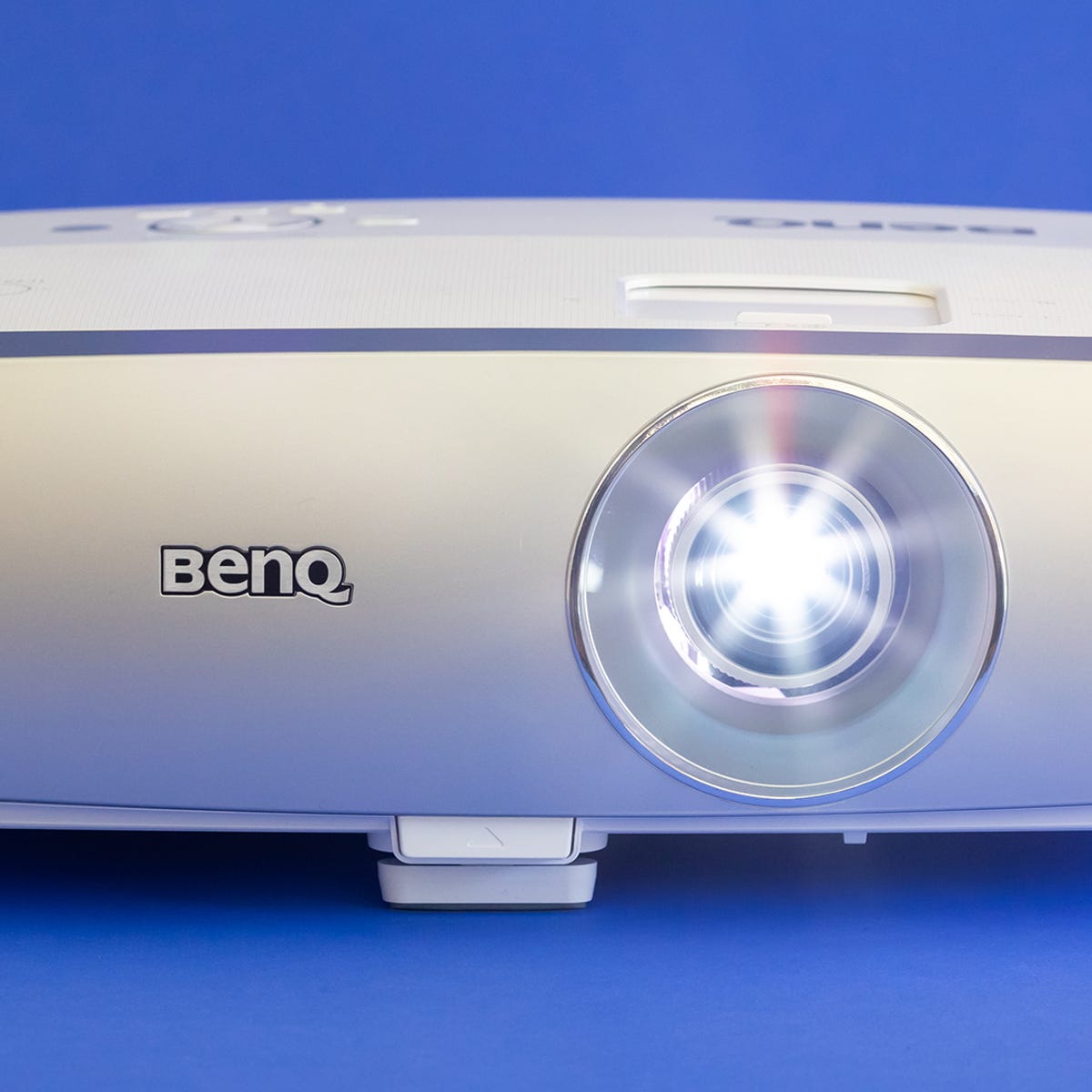

Home Entertainment Systems
What Is Aspect Ratio On Projector
Modified: October 21, 2024
Learn about aspect ratio on projectors and how it impacts your home entertainment systems. Discover the importance of aspect ratio for optimal viewing experience.
(Many of the links in this article redirect to a specific reviewed product. Your purchase of these products through affiliate links helps to generate commission for Storables.com, at no extra cost. Learn more)
Introduction
Welcome to the world of home entertainment systems, where the magic of cinema meets the comfort of your living room. As technology continues to evolve, projectors have become a popular choice for creating immersive viewing experiences. Whether you're a movie enthusiast, a gaming aficionado, or a professional presenter, the quality of your projector can significantly impact your visual experience.
In the realm of projectors, one crucial aspect that often perplexes consumers is the "aspect ratio." Understanding and optimizing the aspect ratio of your projector is vital for achieving the best visual performance and ensuring compatibility with various media sources.
In this comprehensive guide, we will delve into the intricacies of aspect ratio on projectors, unravel its significance, explore common aspect ratios, and provide insights to help you choose the right aspect ratio for your specific needs. By the end of this journey, you will be equipped with the knowledge to make informed decisions and elevate your home entertainment experience to new heights. So, let's embark on this enlightening exploration of aspect ratio in projectors!
Key Takeaways:
- Choose the right aspect ratio for your projector based on the content you watch. 16:9 for HD movies, 16:10 for work presentations, and 21:9 for a cinematic home theater experience.
- The aspect ratio of your projector impacts how content is displayed, so match it to your needs for an immersive and visually stunning experience.
Understanding Aspect Ratio
Aspect ratio refers to the proportional relationship between the width and height of an image or screen. It is typically expressed as two numbers separated by a colon, such as 16:9 or 4:3. The first number represents the width, while the second number denotes the height. Understanding aspect ratio is fundamental to grasping how images and videos are displayed on screens, including projector screens.
When it comes to projectors, aspect ratio plays a pivotal role in determining the shape and size of the projected image. Different aspect ratios are suited for specific types of content, and understanding these variations is essential for optimizing your viewing experience.
It’s important to note that the aspect ratio directly influences the overall viewing experience, as it dictates the dimensions of the projected image. For instance, a wider aspect ratio, such as 16:9, is ideal for watching high-definition content, while a more square-like aspect ratio, such as 4:3, is commonly associated with older content and certain presentation formats.
Moreover, the aspect ratio impacts how images and videos are formatted and displayed. For example, a mismatch between the projector’s aspect ratio and the content being displayed can result in black bars appearing on the top and bottom or on the sides of the image, detracting from the immersive experience.
As you delve deeper into the realm of projectors, understanding how aspect ratio influences the visual presentation will empower you to make informed decisions when selecting a projector and optimizing its settings for various types of content. Now that we’ve laid the groundwork for comprehending aspect ratio, let’s explore its importance in the context of projectors and home entertainment systems.
Importance of Aspect Ratio in Projectors
The aspect ratio of a projector holds immense significance in shaping the visual experience it delivers. Whether you’re indulging in a movie marathon, immersing yourself in the latest video game, or delivering a captivating presentation, the aspect ratio directly impacts how the content is displayed on the screen.
One of the primary reasons why aspect ratio is crucial in projectors is its influence on visual fidelity and immersion. The choice of aspect ratio can greatly affect the perceived quality and cinematic appeal of the projected image. A wider aspect ratio, such as 16:9, is well-suited for high-definition content, offering a more expansive and immersive viewing experience, especially for movies and gaming.
Furthermore, the aspect ratio plays a vital role in ensuring compatibility with various media sources and content formats. Different types of content, such as movies, TV shows, and presentations, are often produced in specific aspect ratios. As such, selecting a projector with the appropriate aspect ratio ensures that the content is displayed as intended, without distortion or cropping.
Additionally, the aspect ratio of a projector directly influences its versatility and suitability for different applications. For instance, a projector with a 4:3 aspect ratio may be more suitable for business presentations and certain older content, while a 16:9 aspect ratio projector is better aligned with modern high-definition content and widescreen formats.
Moreover, the aspect ratio of a projector can impact the overall aesthetics of the viewing experience. Whether you’re aiming for a cinematic widescreen presentation or a more traditional display, choosing the right aspect ratio contributes to the overall visual appeal and coherence of the content being projected.
By understanding the importance of aspect ratio in projectors, you can make informed decisions when selecting a projector that aligns with your specific preferences, content requirements, and intended applications. As we continue our exploration, we’ll delve into common aspect ratios found in projectors and provide insights to help you choose the right aspect ratio for your unique needs.
When choosing a projector, consider the aspect ratio, which is the ratio of the width to the height of the image. Common aspect ratios are 4:3 for standard presentations and 16:9 for widescreen content. Choose the aspect ratio that best suits your needs for optimal viewing experience.
Common Aspect Ratios in Projectors
Projectors are available in a variety of aspect ratios, each catering to specific content formats and applications. Understanding the common aspect ratios found in projectors is essential for selecting the most suitable option for your home entertainment system or professional endeavors.
One of the most prevalent aspect ratios in projectors is 16:9, often referred to as widescreen or HDTV format. This aspect ratio is widely adopted for high-definition content, making it ideal for immersive movie nights, gaming experiences, and modern multimedia presentations. The 16:9 aspect ratio provides a cinematic viewing experience, with seamless compatibility with a vast array of contemporary media sources.
Another common aspect ratio is 4:3, which was the standard for older television sets and certain content formats. While less prevalent in modern home entertainment setups, projectors with a 4:3 aspect ratio remain relevant for specific applications, such as displaying legacy content, certain business presentations, and educational environments.
Additionally, the 16:10 aspect ratio is popular in projector models designed for professional use, including business presentations, data visualization, and collaborative work environments. This aspect ratio strikes a balance between the widescreen appeal of 16:9 and the practicality of 4:3, offering a versatile format for various content types.
It’s important to note that ultra-wide aspect ratios, such as 21:9, have gained traction in the realm of home theater projectors, catering to cinephiles and enthusiasts seeking an expansive and immersive cinematic experience. These ultra-wide projectors are well-suited for displaying widescreen movies and creating a captivating visual environment within dedicated home theater setups.
As you explore the diverse landscape of projectors, you may encounter other less common aspect ratios tailored to niche applications, specialized content formats, and professional requirements. Understanding the nuances of these aspect ratios empowers you to make informed decisions when selecting a projector that aligns with your content preferences, viewing environment, and intended usage.
Now that we’ve shed light on the common aspect ratios in projectors, let’s delve into the considerations for choosing the right aspect ratio that best suits your specific needs and preferences.
Choosing the Right Aspect Ratio for Your Projector
When selecting a projector, choosing the right aspect ratio is paramount to ensuring an optimal viewing experience that aligns with your content preferences and intended applications. Consider the following factors to guide your decision-making process:
- Content Compatibility: Assess the primary types of content you intend to display using the projector. If you predominantly engage with high-definition movies, gaming, and modern multimedia content, a projector with a 16:9 aspect ratio is highly recommended. This format ensures seamless compatibility and an immersive viewing experience for contemporary media sources.
- Professional Applications: For business presentations, data visualization, and collaborative work environments, consider the specific requirements of your professional applications. Projectors with a 16:10 aspect ratio are well-suited for these scenarios, offering a balance between widescreen appeal and practicality for diverse content formats.
- Home Theater Experience: If you’re creating a dedicated home theater environment, especially for cinematic experiences, ultra-wide projectors with a 21:9 aspect ratio can elevate your viewing experience. These projectors are tailored for widescreen movies and can immerse you in a captivating visual journey within your home.
- Legacy Content: If you anticipate the need to display older content formats, such as certain television shows, classic movies, or specific business materials, a projector with a 4:3 aspect ratio may be a valuable addition to your setup. This ensures compatibility with legacy content without compromising visual fidelity.
It’s essential to consider the versatility and adaptability of the projector’s aspect ratio to accommodate a wide range of content formats, ensuring that your viewing experience remains seamless and immersive across various media sources.
Moreover, take into account the physical space and layout of your viewing environment. The aspect ratio of the projector should harmonize with the dimensions of your screen or projection surface, optimizing the visual presentation and maximizing the impact of the projected content.
By aligning the aspect ratio of your projector with your specific content preferences, intended applications, and viewing environment, you can curate a personalized and captivating visual experience that resonates with your unique needs.
With these considerations in mind, you are well-equipped to make an informed decision when selecting a projector with the right aspect ratio, ensuring that your home entertainment system or professional setup delivers an immersive and visually stunning experience tailored to your preferences.
Read more: What Is The Projector Throw Ratio
Conclusion
Congratulations on embarking on this enlightening journey through the realm of aspect ratio in projectors! We’ve navigated the intricacies of this fundamental aspect of visual technology, unraveling its significance and exploring the diverse landscape of common aspect ratios found in projectors.
Understanding aspect ratio is essential for optimizing your viewing experience, ensuring compatibility with various content formats, and curating a visually captivating environment within your home or professional space. Whether you’re a movie enthusiast, a gaming aficionado, or a professional presenter, the right aspect ratio can elevate your visual experiences to new heights.
As you venture into the world of projectors, remember to consider the specific requirements of your content, the versatility of the projector’s aspect ratio, and the harmonization with your viewing environment. By doing so, you can select a projector that aligns seamlessly with your preferences and applications, delivering an immersive and visually stunning experience tailored to your unique needs.
Whether you opt for a widescreen 16:9 projector for high-definition content, a versatile 16:10 projector for professional applications, or an ultra-wide 21:9 projector for a dedicated home theater experience, the right aspect ratio holds the key to unlocking the full potential of your visual journey.
Armed with the insights gained from this guide, you are well-prepared to make informed decisions and embark on a captivating visual odyssey with your chosen projector. Embrace the magic of cinema, the thrill of gaming, and the impact of professional presentations as you harness the power of aspect ratio to create immersive and unforgettable visual experiences.
May your future endeavors in the realm of projectors be enriched by the knowledge and understanding gained here. Here’s to a future filled with captivating visuals, seamless compatibility, and unparalleled immersion, all made possible by the right aspect ratio in your projector.
Frequently Asked Questions about What Is Aspect Ratio On Projector
Was this page helpful?
At Storables.com, we guarantee accurate and reliable information. Our content, validated by Expert Board Contributors, is crafted following stringent Editorial Policies. We're committed to providing you with well-researched, expert-backed insights for all your informational needs.

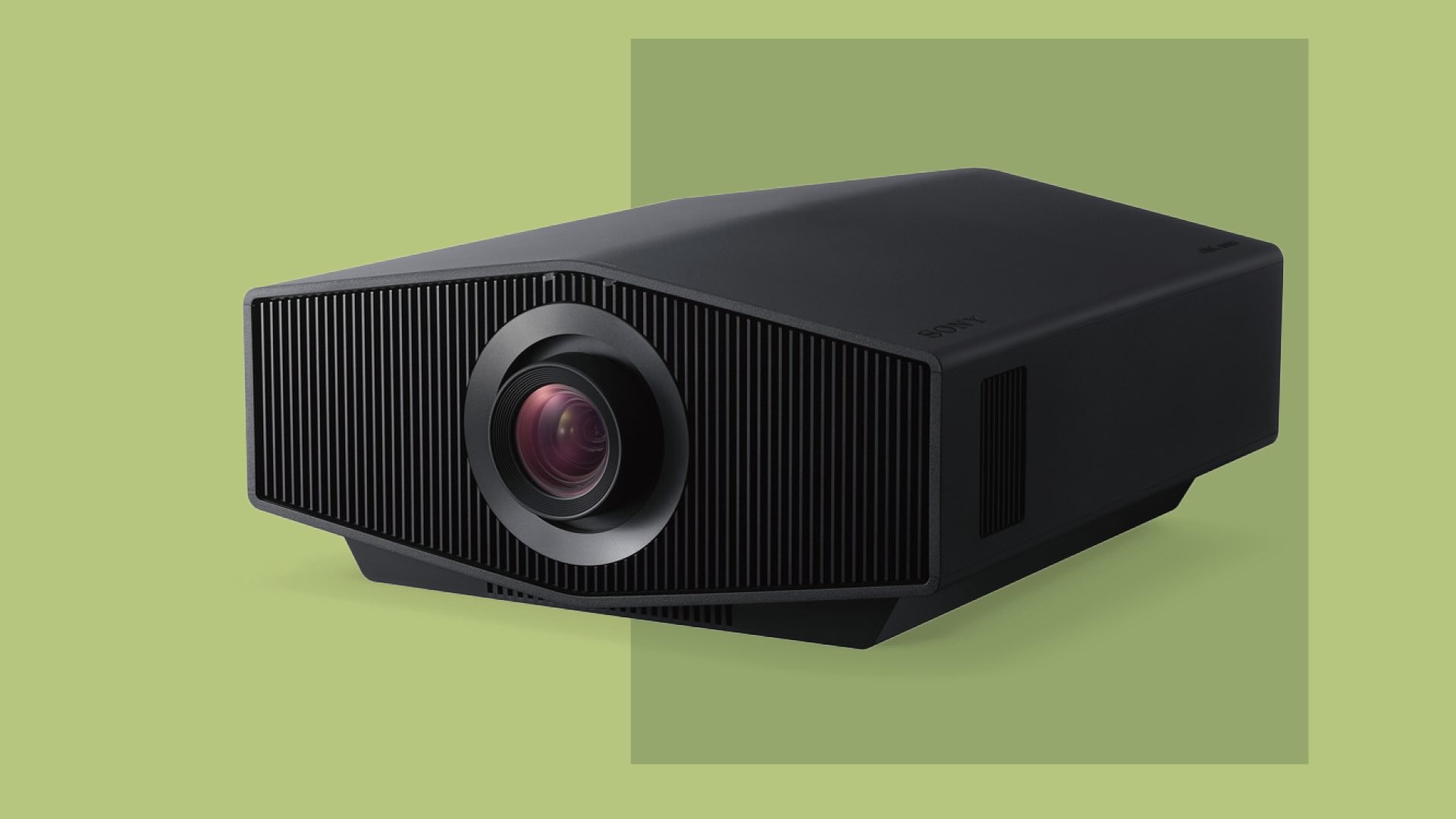

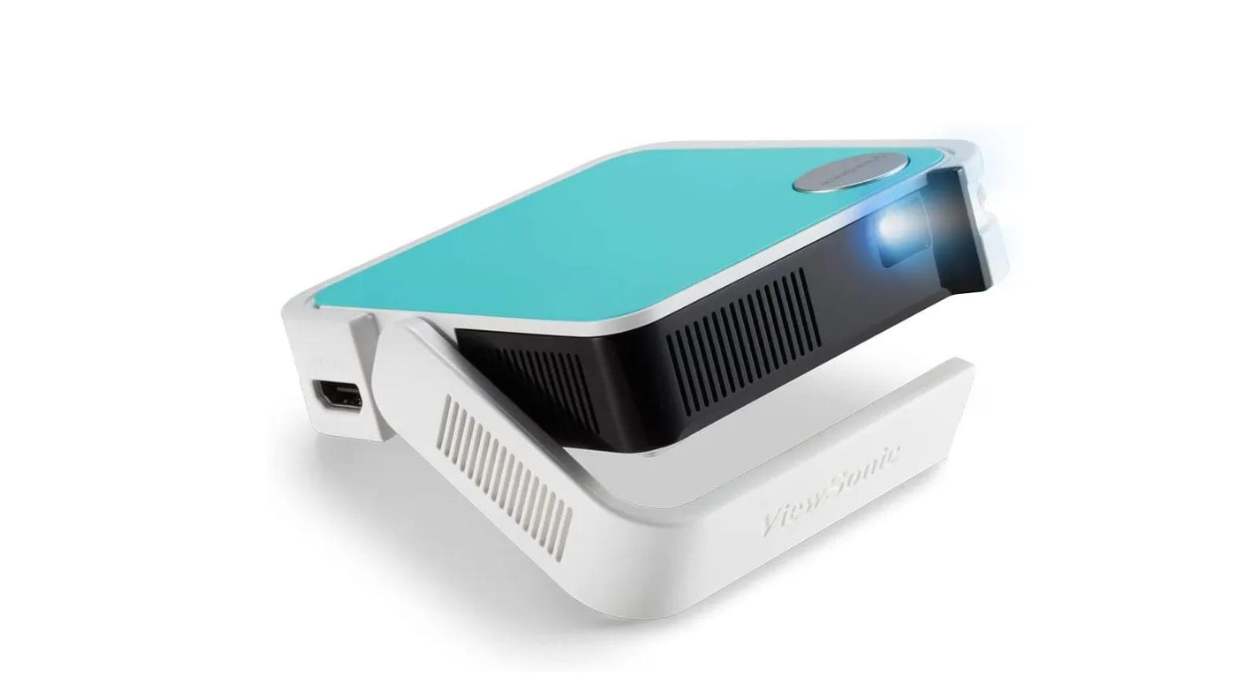

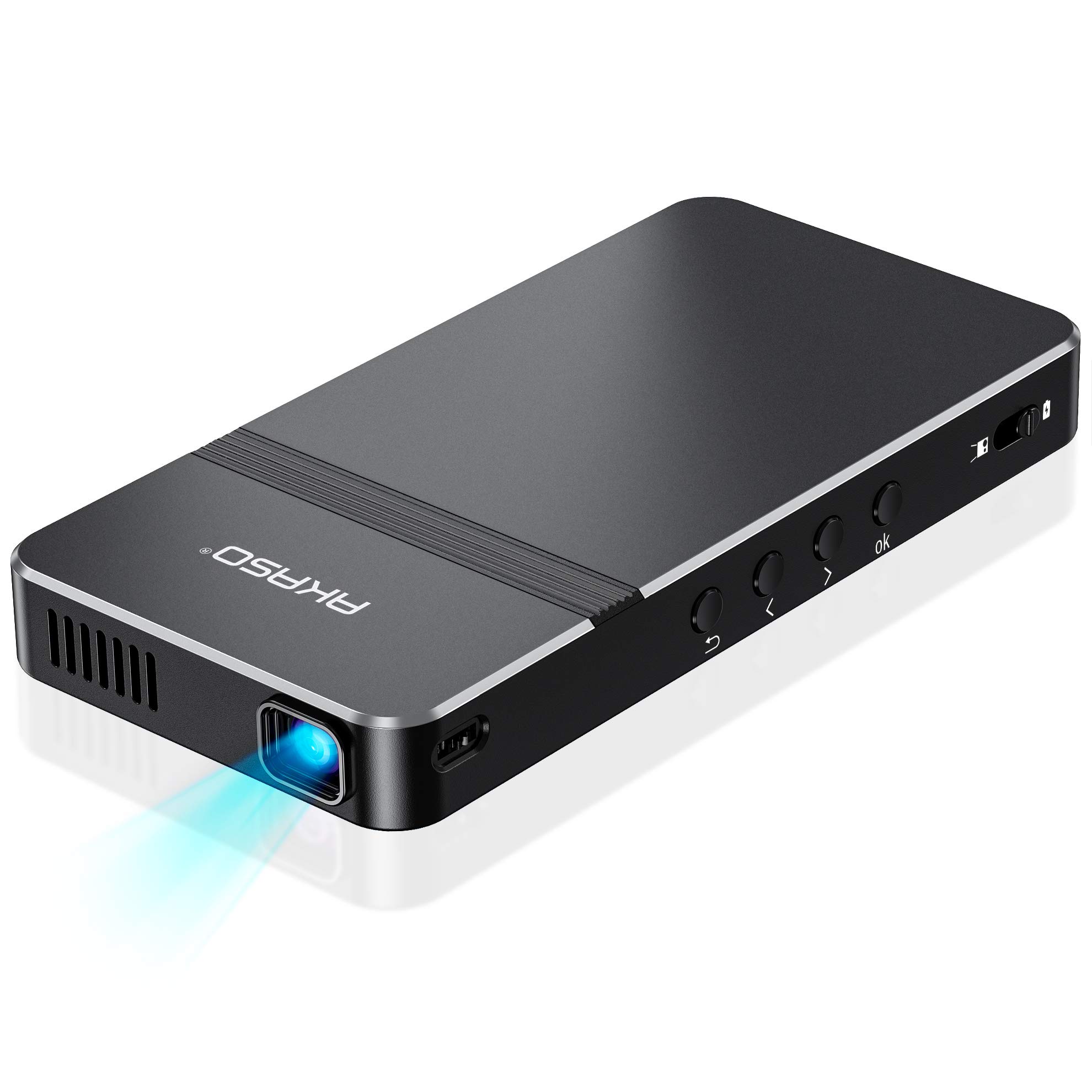
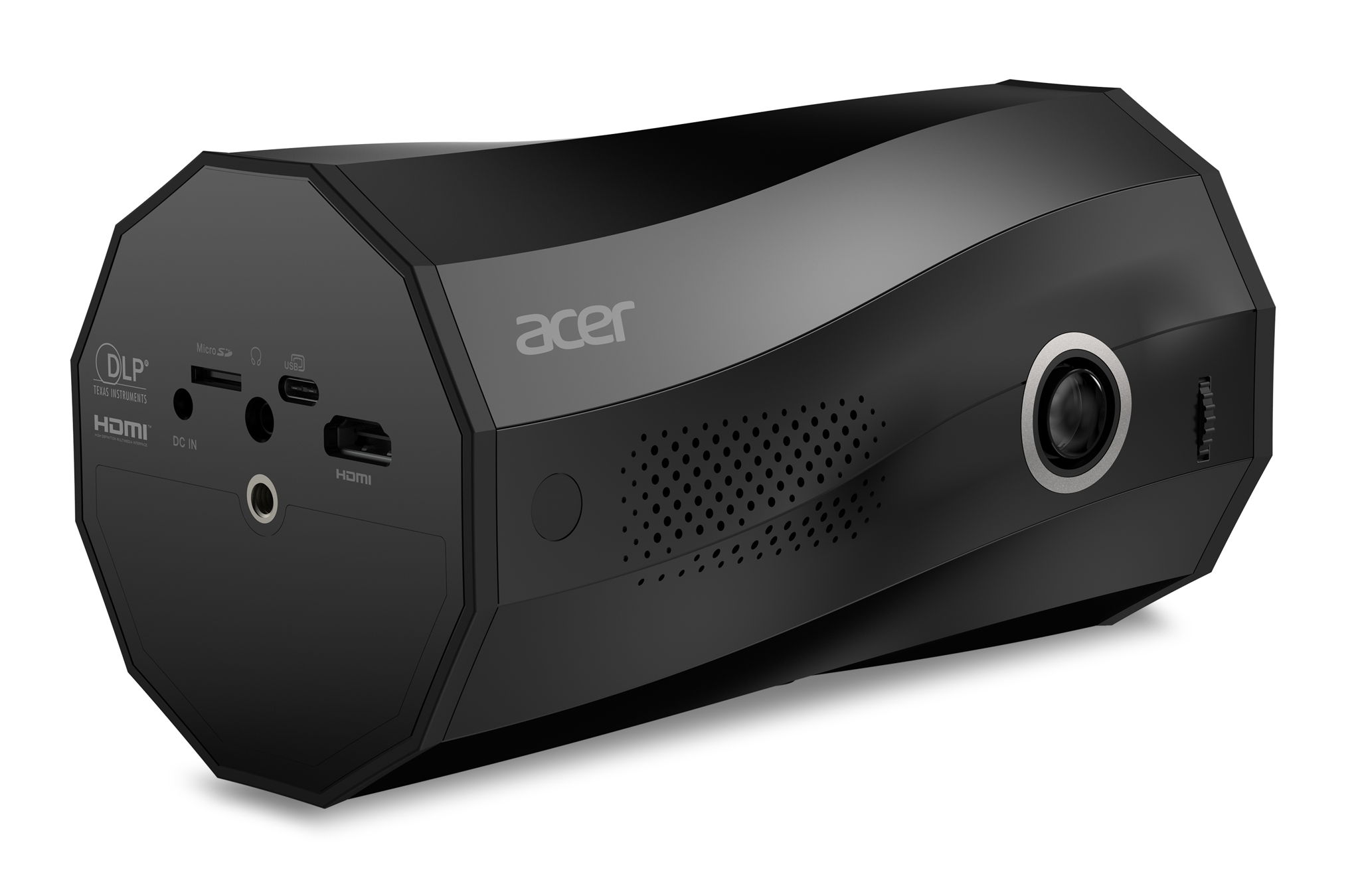
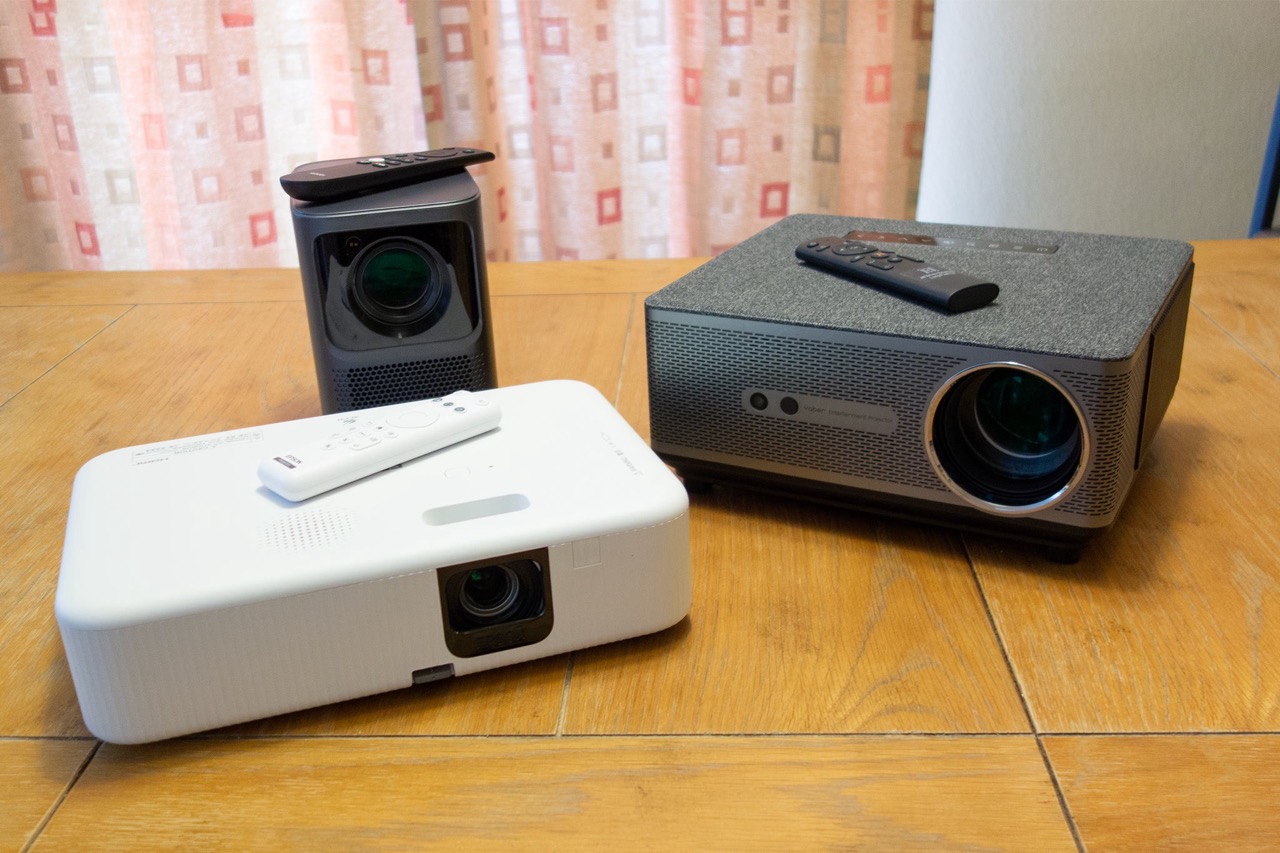
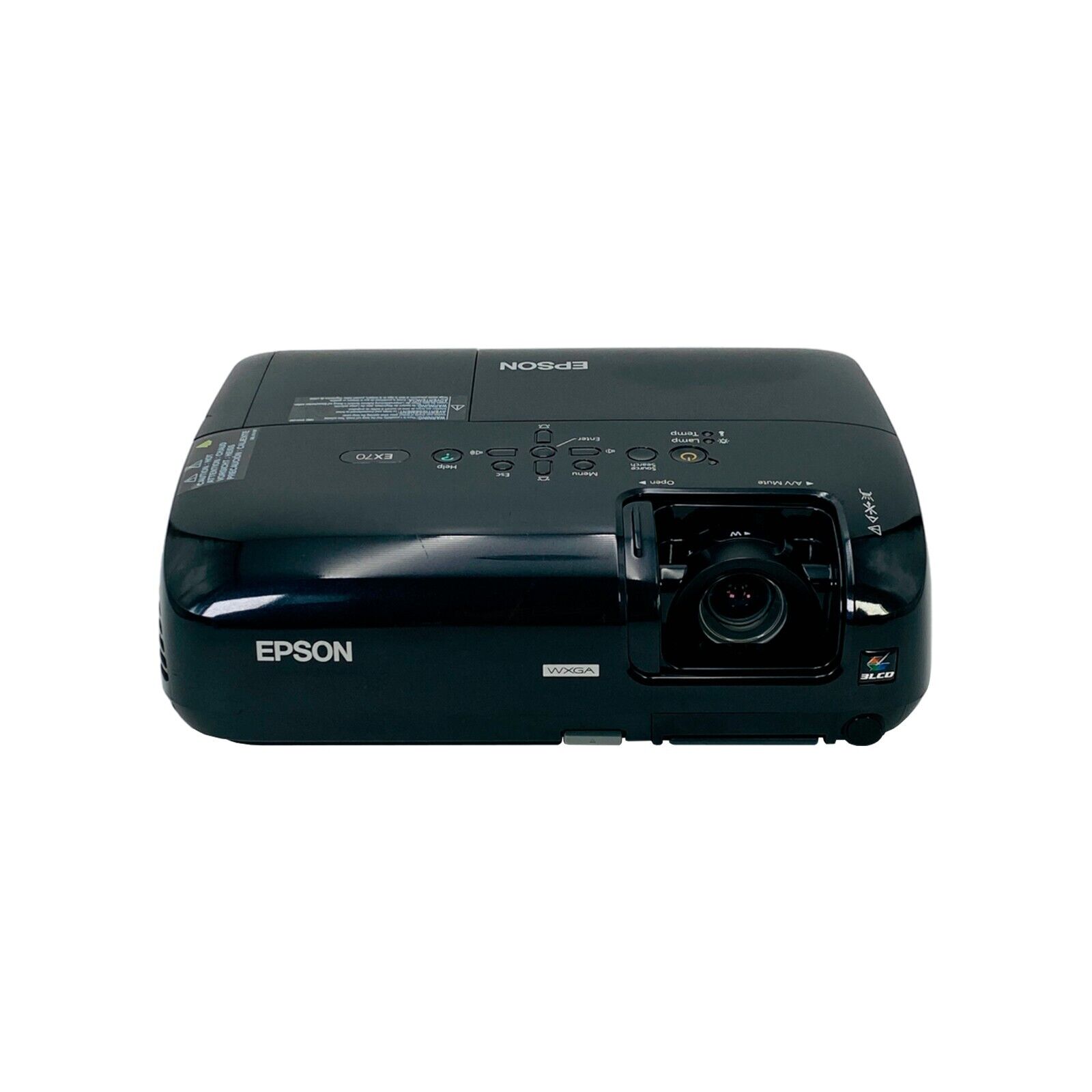
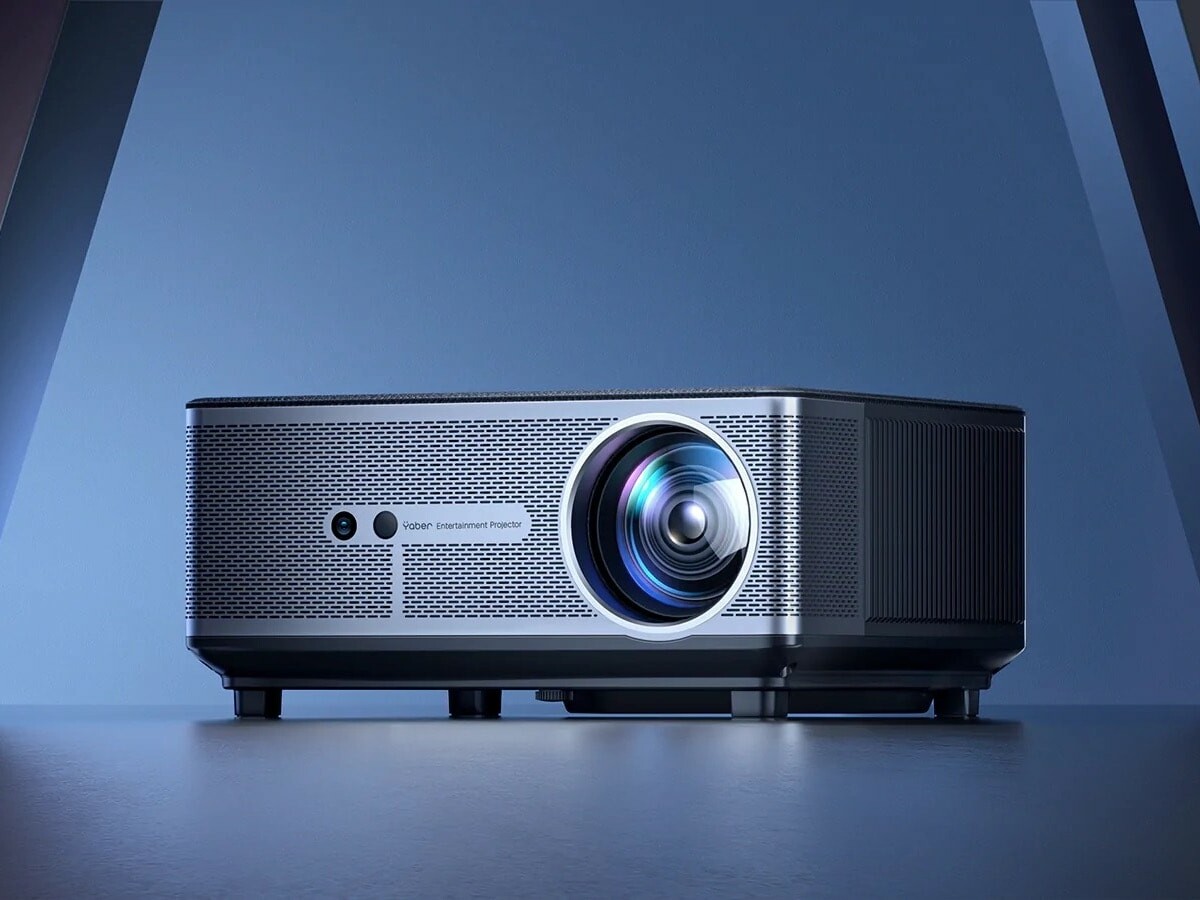
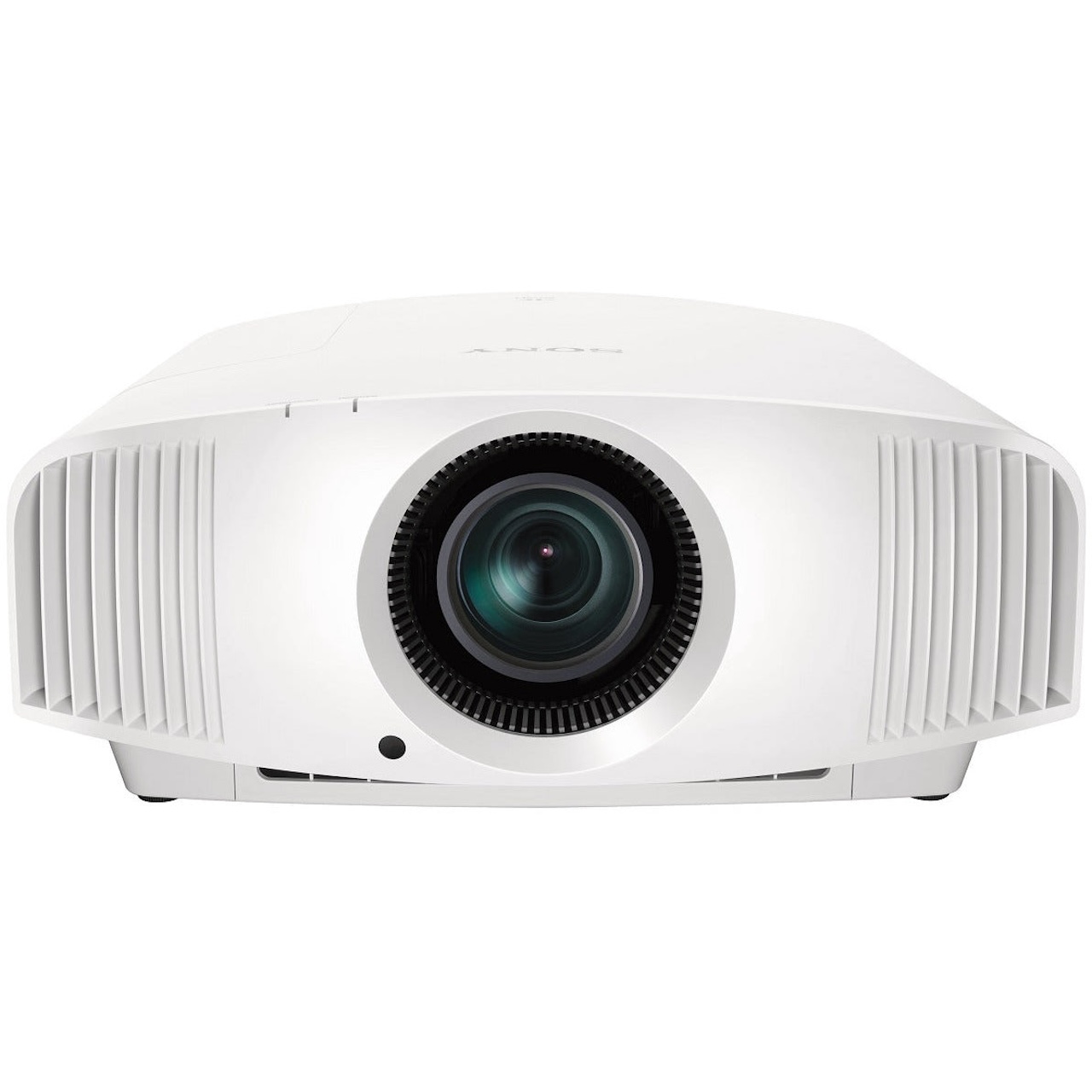

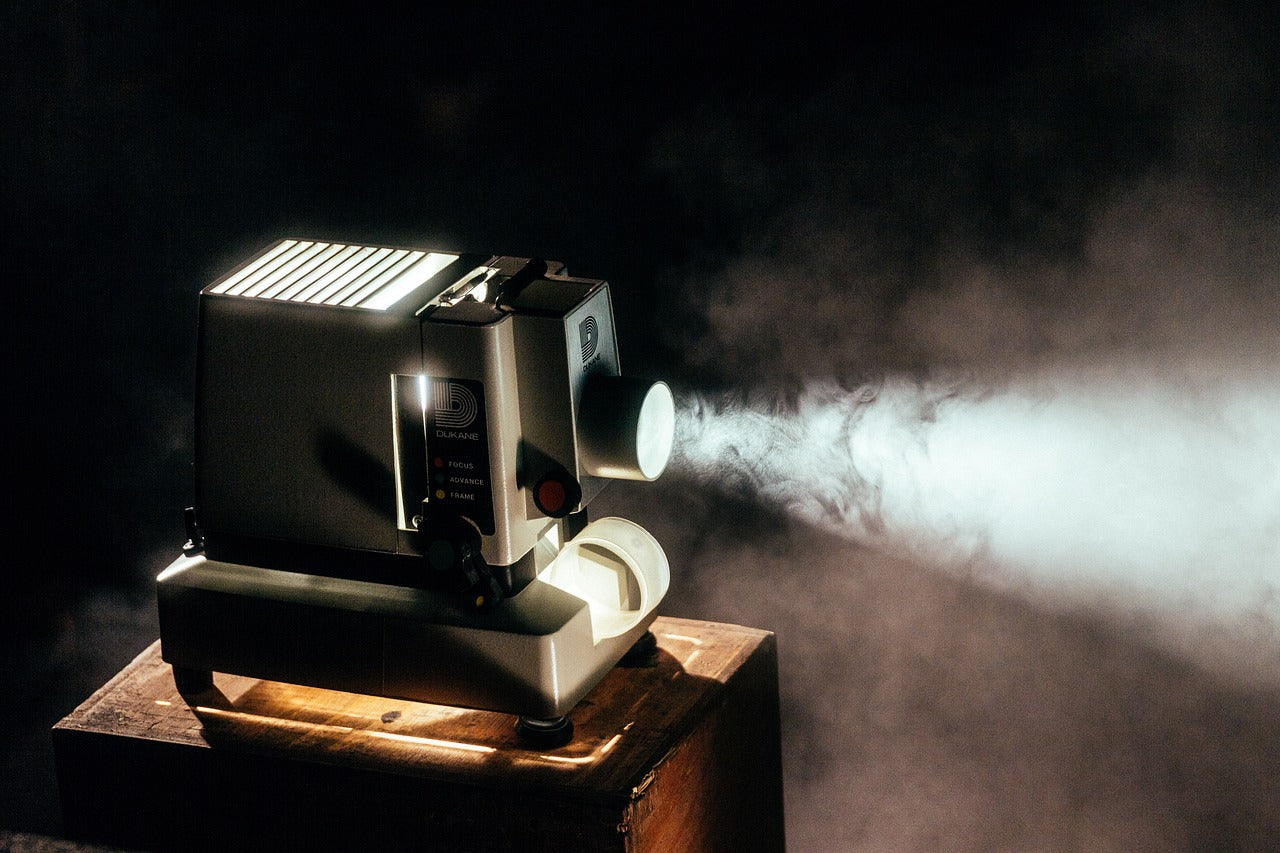
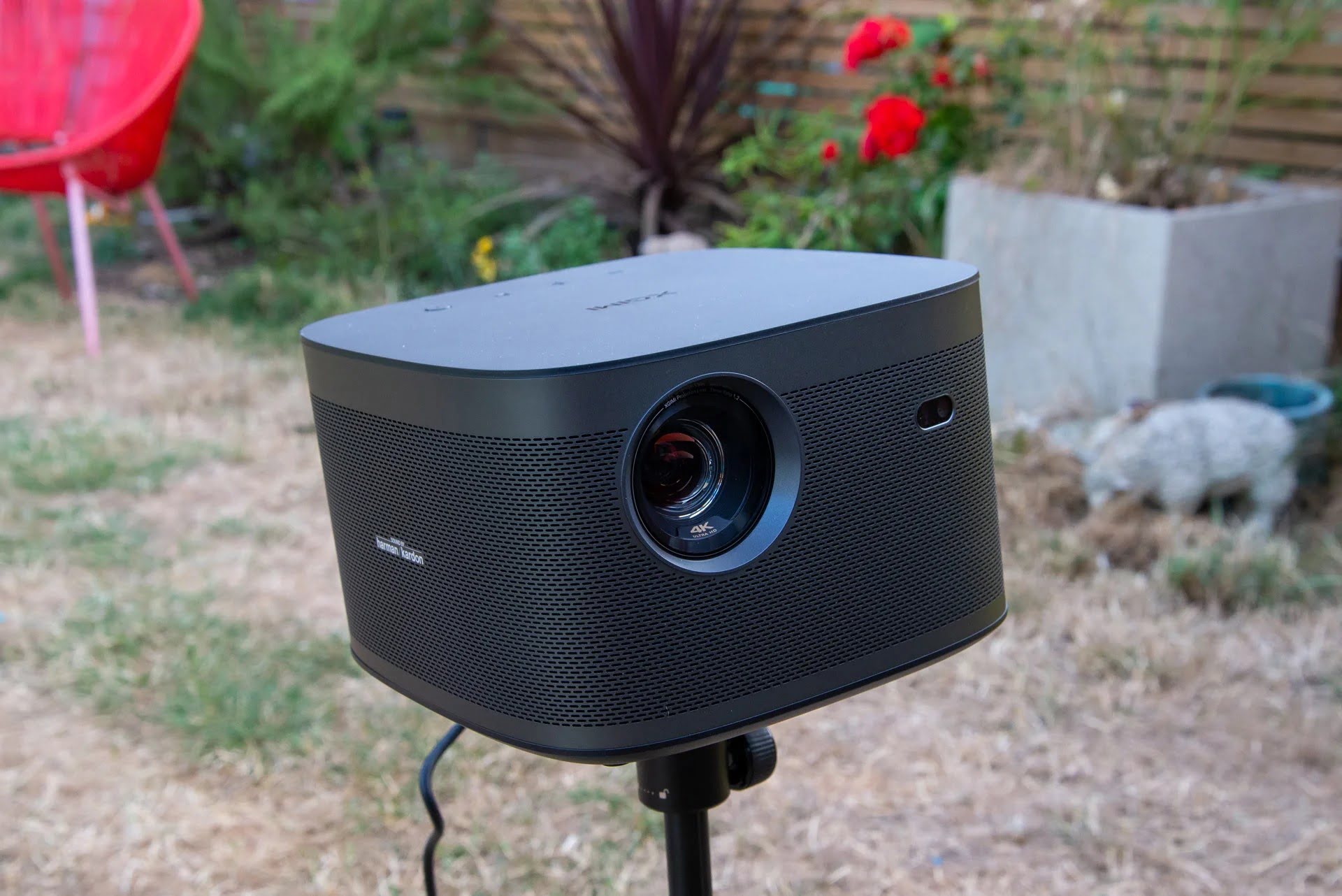

0 thoughts on “What Is Aspect Ratio On Projector”